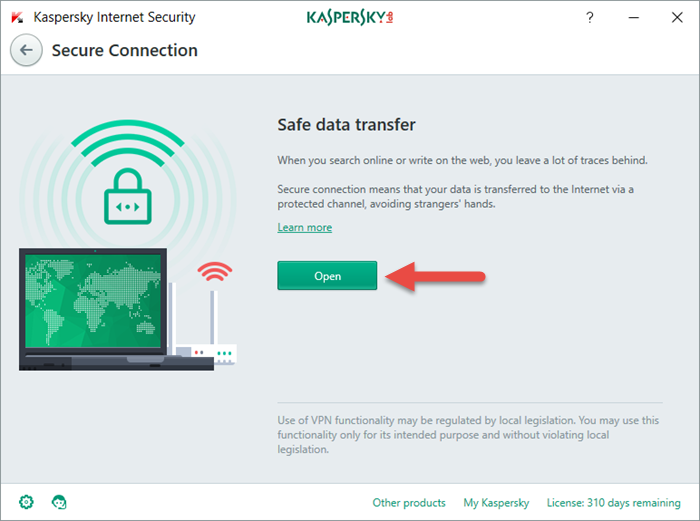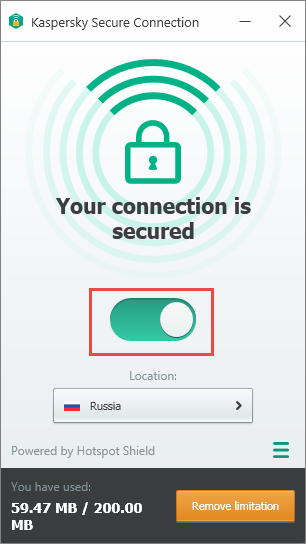We’ve talked about the problems of open Wi-Fi networks a lot. Really, quite a lot. In case you’ve been living under a rock and missed it, open Wi-Fi networks are completely insecure.
But sometimes there’s no other choice. And when you hop onto an open network, you can be sure cybercriminals know it. They are always awake and alert: It’s not uncommon to find them monitoring unprotected Wi-Fi networks, sniffing data, extracting passwords, and collecting other potentially valuable information.
So if you find yourself in a situation where it’s unprotected Wi-Fi or nothing, and you need to, let’s say, buy something online or send some e-mails, what can you do to protect your data? How can you avoid sharing your bank account credentials or your Facebook password?
We have a solution to protect your data from unwanted eyes. It’s a new function in our Kaspersky Internet Security suite called Secure Connection
To activate it, open Kaspersky Internet Security, click More Functions -> Secure Connection and choose Open.
An app called Kaspersky Secure Connection will open — it was automatically downloaded to your computer when you installed the latest version of Kaspersky Internet Security. In the app you can activate the secure channel, which encrypts the data you transfer.
Now your data is protected.
Actually, Kaspersky Secure Connection may help you with more than just protecting your data. To learn more about Secure Connection’s capabilities visit our support page and read the articles about it.
 #advice
#advice



 Tips
Tips